2018

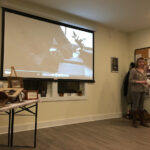
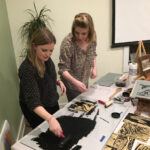
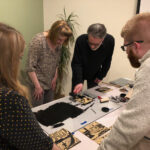
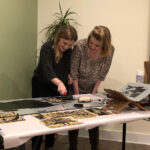
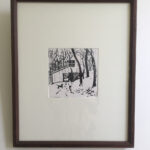
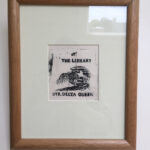
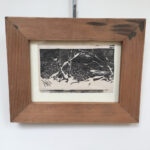

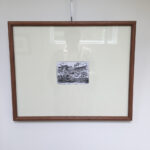
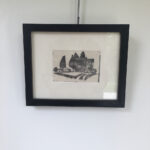
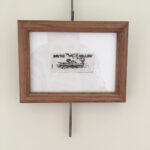
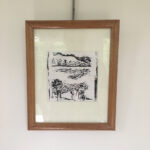
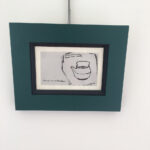
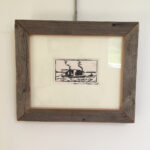
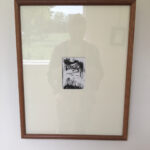
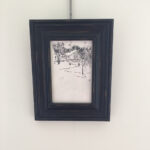
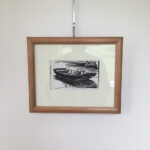
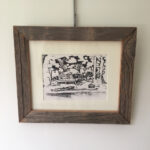

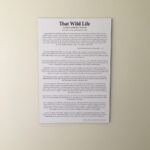

“I once intended to live independent of the world and other people procuring or making everything I needed. It may be possible, but there are certain necessary things for which I must depend on someone else. This is not considered fully: clothes and shoes, matches, toothbrush and dentist, paper, painting materials, tools. Yet most of these are not absolutely necessary or could be procured by one’s self. One could make fire without a match. One would feel awkward rubbing sticks together and discovered by a hunter from the city with matches and tobacco. The most important tie to the world would be art, painting, music, books. Without these, my life would be empty and futile. I might be wild and independent as a weed, and as useless. Yet there is the abstract beauty of nature ever pointing to that wild life.”
–Harlan Hubbard, Journal entry from July 5, 1932
Artist Harlan Hubbard (1900-1988) wrote eloquently, and often, about his desire to cut loose from modern society and pursue a more authentic life lived in nature. Twelve years after he wrote this 1932 journal entry, he and his new wife Anna would finally embark on such a quest, shedding all remnants of an ordinary life to sail from Brent, KY to the Mississippi River delta in their handmade shantyboat.
Yet for all that daring adventure, the Hubbards would return to Payne Hollow, KY in 1952 to build a life that struck a balance between living in the world and living more attuned with nature; dentists, art supplies, and post offices coexisted with a good measure of chopping wood, growing vegetables, and building roaring campfires without matches.
In Hubbard’s woodcuts, we see this balance beautifully executed on paper. Artists produce woodcuts by taming natural materials with modern tools, cutting and smoothing and adapting wood’s appearance and function. But each woodblock, and the prints made from its carved design, reminds us that what was once wild will always intimate its wildness. The rough, bold marks of a woodcut are unmistakable, and we know that behind the ink was once a growing, “wild life.”
This exhibit presents fifteen examples of Hubbard’s woodcutting technique. The purposes for these prints varied widely: Hubbard used the woodcut prints not only as stand-alone compositions, but also as bookplates, illustrations, and greeting cards. Each of these functions is represented here.

